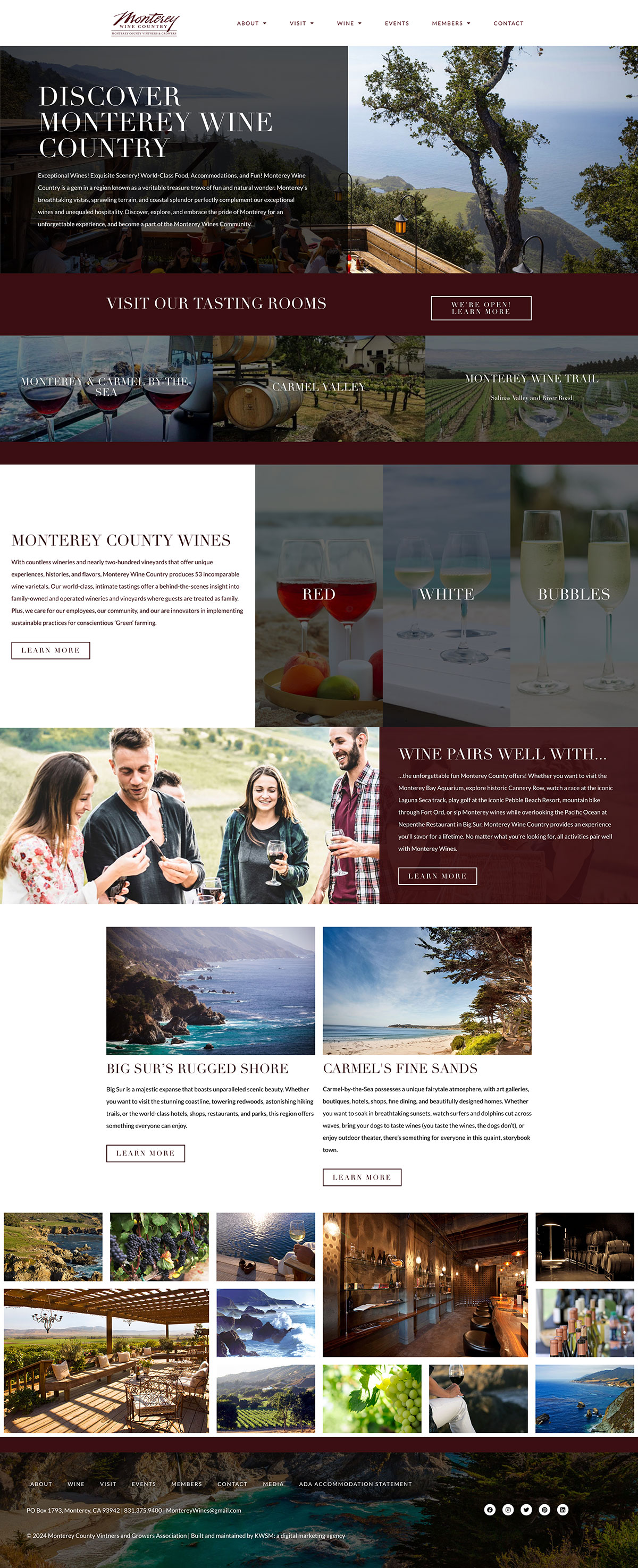
The sum of what you post tells your brand’s story and builds a reputation. While it is important to educate people about what you have to offer, social media gives you an opportunity to gain people’s trust by letting them get to know your brand. Here are some guidelines to help you start thinking about your brand as a lifestyle, and not just as a product or service:
Know your audience, and have a strategy.
Before writing content, make sure you have identified your target audience so you know who you are trying to engage. Then, you can begin to create content that is geared towards their likes and interests. The foundation of your content should be clear, educational information about your product or service. The rest of your content should cover a variety of topics that will frame your product or service as useful in real-life scenarios. Think of your product or service as a central hub from which your lifestyle posts will stem.
Establish your brand’s personality.
Is your brand funny, witty, or serious? Are you highly creative and innovative, or more traditional? Think of your brand as a unique person that is instantly recognizable, and stands out in a crowd. This should be a person that your customers will know, like, and trust. People are more likely to share content that resonates with them, and chances are they will share your content with other like-minded individuals. Creating content that your customers can connect with on a deep level builds trust and solidifies your credibility as an expert in your field.
Identify similar interests.
Find out what your customers do with their free time, where they spend it, and what other related interests they might have. For example: if you are a yoga studio trying to build brand awareness, it’s highly likely that your customers could also be interested in meditation and healthy food. Use Google’s keyword planner to gain insight into what related terms your customers are searching when looking for your product or service. Incorporating related interests into your feed creates variety, yet keeps your content relevant to your brand.
Think about your brand’s core values.
Identify your brand’s core values, and write content that reinforces them. Your message can be subtle or it can be loud, but your intentions should be clear.
Consistency is the key to establishing trust; the content you create and your interactions with fans are a direct reflection of how your company does business. Research your hash tags before you use them to see what turns up in search results, and vet the brands and companies you choose to work with or endorse.
Demonstrate cultural relevancy.
Show your audience that you are in tune with the world around you. Create posts that discuss currents events relevant to your business; they are likely to interest your existing fan base as well. Always keep your eyes are ears open for new information that is pertinent to your industry so you can share it with your followers. This will cause them to see you as an authority in your field. In addition, remember to acknowledge public holidays and world news in a tactful, neutral way.
Show some humor.
For most brands, it’s appropriate to occasionally show a sense of humor (unless you are a funeral parlor, for example). When you make your audience smile they feel good, and they will associate that feeling with your brand. Your brand’s type of humor will depend on the industry you are in and your target demographic. If you are in a conservative industry, your humor might lean towards intellectual. If your demographic is teenagers, it might be sarcastic and silly. Remember to always keep your humor in good taste, and to avoid polarizing topics that might offend your audience.
Following these guidelines will help you create a believable and engaging world where your brand looks like it belongs!











